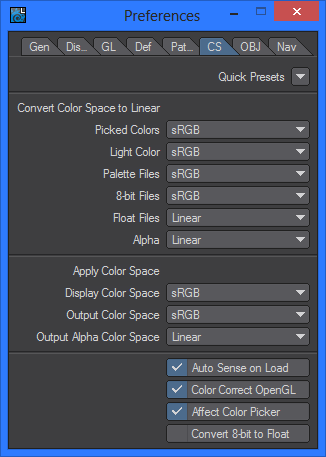

This concept is often demonstrated by the placement of a vibrating tuning fork against the glass panel of an overhead projector or on the wooden door of a cabinet. In fact, the more particles that can be made to vibrate, the louder or more amplified the sound. As the tines of the tuning fork, the structure of the sound box, and the air inside of the sound box begin vibrating at the same frequency, a louder sound is produced. In turn, the sound box, being connected to the air inside of it, sets the air inside of the sound box into vibrational motion. In such instances, the vibrating tuning fork, being connected to the sound box, sets the sound box into vibrational motion.

Many Physics demonstration tuning forks are mounted on a sound box. The generation and propagation of a sound wave is demonstrated in the animation below. The motion of the disturbance, originating at the tines of the tuning fork and traveling through the medium (in this case, air) is what is referred to as a sound wave. These disturbances are passed on to adjacent air molecules by the mechanism of particle interaction. As the tines of the tuning forks vibrate back and forth, they begin to disturb surrounding air molecules. A tuning fork is a metal object consisting of two tines capable of vibrating if struck by a rubber hammer or mallet. The creation and propagation of sound waves are often demonstrated in class through the use of a tuning fork. Production and Propagation of Sound Waves Since a sound wave is a disturbance that is transported through a medium via the mechanism of particle-to-particle interaction, a sound wave is characterized as a mechanical wave. This particle interaction continues throughout the entire medium, with each particle interacting and causing a disturbance of its nearest neighbors. If the sound wave is moving through air, then as one air particle is displaced from its equilibrium position, it exerts a push or pull on its nearest neighbors, causing them to be displaced from their equilibrium position. Third, the sound wave is transported from one location to another by means of particle-to-particle interaction.

The disturbance could be created by the vibrating vocal cords of a person, the vibrating string and soundboard of a guitar or violin, the vibrating tines of a tuning fork, or the vibrating diaphragm of a radio speaker.

Second, there is an original source of the wave, some vibrating object capable of disturbing the first particle of the medium.
#LIGHTWAVE TUTORIALS SPACE SERIES#
The medium is simply a series of interconnected and interacting particles. Typically, this medium is air, though it could be any material such as water or steel. First, there is a medium that carries the disturbance from one location to another. As the disturbance moves from coil to coil, the energy that was originally introduced into the first coil is transported along the medium from one location to another.Ī sound wave is similar in nature to a slinky wave for a variety of reasons. Subsequently the disturbance travels through the slinky. This process continues in consecutive fashion, with each individual particle acting to displace the adjacent particle. As the third coil becomes displaced, it begins to push or pull on the fourth coil. As the second coil becomes displaced, it begins to push or pull on the third coil the push or pull on the third coil displaces it from its equilibrium position. This push or pull on the second coil will displace the second coil from its equilibrium position. The first coil becomes disturbed and begins to push or pull on the second coil. A disturbance is typically created within the slinky by the back and forth movement of the first coil of the slinky. The example of a slinky wave is often used to illustrate the nature of a wave. The medium is simply the material through which the disturbance is moving it can be thought of as a series of interacting particles. In this unit, we will investigate the nature, properties and behaviors of sound waves and apply basic wave principles towards an understanding of music.Īs discussed in the previous unit of The Physics Classroom Tutorial, a wave can be described as a disturbance that travels through a medium, transporting energy from one location to another location. Sound is a wave that is created by vibrating objects and propagated through a medium from one location to another. The basis for an understanding of sound, music and hearing is the physics of waves. We seldom take the time to ponder the characteristics and behaviors of sound and the mechanisms by which sounds are produced, propagated, and detected. Just as humans have eyes for the detection of light and color, so we are equipped with ears for the detection of sound. Sound and music are parts of our everyday sensory experience.


 0 kommentar(er)
0 kommentar(er)
